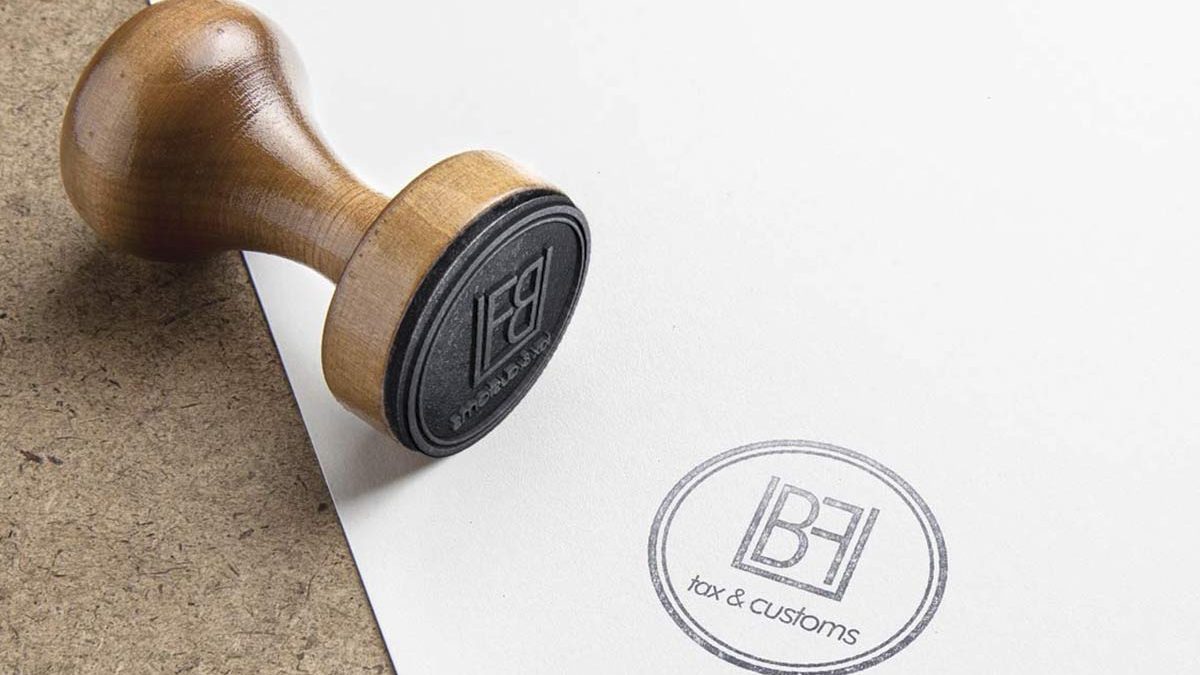The Euro-Asian Economic Union (ESA), composed of five countries (Russia, Belarus, Kazakhstan, Armenia, and Kyrgyzstan), was created in 2014 to create a common economic area for the movement of goods, capital, and people.
The ESA has adopted a single regulation on the safety and conformity of products, introducing some technical regulations that define the requirements that goods will have to be cleared, marketed, and used within the customs union.
European producers of industrial and consumer goods who wish to enter the Eurasian market are therefore obliged to align themselves with these provisions, requiring EAC conformity and the relevant mark for products subject to technical regulations.
The application for the attestation of conformity is submitted by an “applicant”, resident in one of the ESA countries, to a certifying body that, following the assessment of a series of documents (including the safety justification – Jos), certifies the conformity of the asset.
Depending on the danger of the product, the Technical Regulations provide for an EAC declaration of conformity and an EAC certification of conformity.
The declaration of conformity shall be certified by the certifying body based on the materials and documentation provided by the manufacturer and the “applicant” shall take full responsibility in the event of non-conformity of the product.
The certification of conformity is issued by the certifying body following a test on the product and, in case of non-compliance, both the body itself and the “applicant” that submitted the request are held responsible.
Both the EAC declaration and the EAC certificate of conformity may relate to a single delivery or may be valid for 1 to 5 years, in the case of series production.
The UBFP Law Firm remains available to provide clarification on the topics briefly discussed here.


